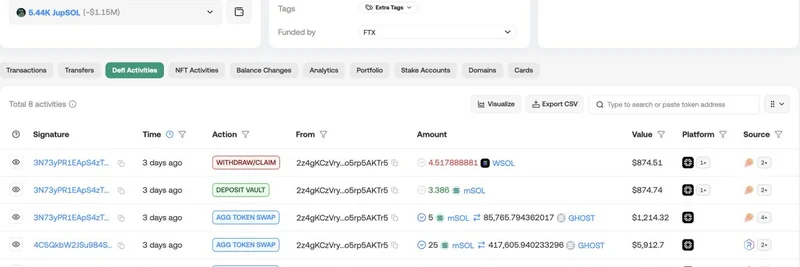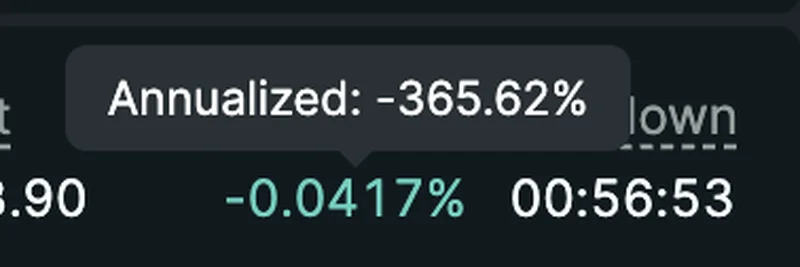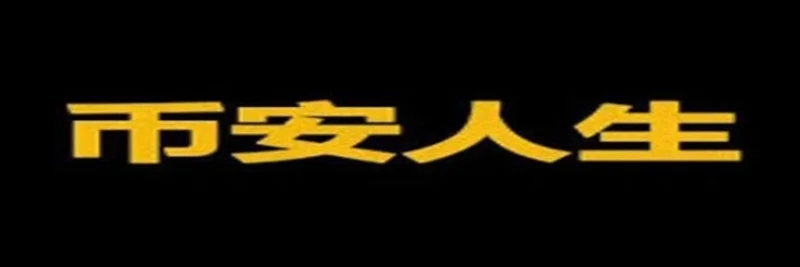Hey there, crypto enthusiasts! If you’ve been keeping an eye on the latest blockchain developments, you’ve probably heard about the buzz surrounding the Robinhood-Arbitrum partnership. Eli Ben-Sasson, a key figure and leader of a competing technology (Starknet), recently shared his thoughts on this deal in a detailed thread on X (@EliBenSasson/status/1940389767931125874). As a former editor-in-chief of CoinDesk and now part of the Meme Insider team, I’m excited to break this down for you in a way that’s easy to digest—while also diving into what it could mean for the meme token world and beyond.
Why This Partnership Matters
First off, let’s talk about the big news. Robinhood, a popular trading platform, has teamed up with Arbitrum, a leading Layer 2 (L2) solution for Ethereum. For those new to the term, Layer 2s are like turbochargers for blockchain networks—they make transactions faster and cheaper while still relying on the security of Ethereum’s main layer. This move gives Robinhood Wallet users access to Arbitrum’s swaps and other DeFi (decentralized finance) features, as outlined in the official Robinhood Newsroom announcement.
Eli sees this as a win-win. He gives a shoutout to the Arbitrum team, praising their tech stack and leadership (including @EdFelten, @ajwarner90, and @sgoldfed). More importantly, he believes this partnership signals a broader trend: traditional finance (tradfi) players like Robinhood are warming up to Ethereum and its L2 ecosystem. That’s great news for Starknet too, since it operates in the same space.
The Big Questions Eli Raises
But Eli isn’t just celebrating—he’s digging deeper. He poses two key questions that have the crypto community buzzing:
What’s the Deal Behind the Deal?
Did Arbitrum pay Robinhood to seal this partnership? If so, how much? And what promises did Robinhood make in return? Eli humorously notes that in crypto, secrets don’t stay hidden long (“two people can keep a secret as long as one of them is dead”). He’s waiting for the details to judge if this is a smart move, drawing a parallel to the earlier Optimism-Coinbase (OP-CB) deal, where the jury’s still out on its success.Will It Benefit Robinhood?
Eli wonders if Robinhood will truly benefit by building its own L2 or if the tradfi-to-crypto bridge will work better on a neutral network like Arbitrum. His gut says no, similar to his doubts about the Optimism-Base deal with Coinbase. What do you think? Drop your thoughts in the comments!
Starknet’s Place in the Game
As the leader of Starknet, Eli has a personal stake in this. He’s a bit bummed that Robinhood didn’t reach out to his team during their research phase. Starknet, built on zero-knowledge proofs (a fancy tech that ensures privacy and efficiency), boasts some of the best tech out there, according to Eli. But he admits the current metrics—low total value locked (TVL) and weekly active wallets (around 13k, per public Dune dashboards)—aren’t impressive.
Still, he’s optimistic. Eli predicts Starknet’s numbers will skyrocket soon and that some companies might choose it for its superior tech, not just its current user base. He’s also open to critiques, like those from @galinhacio and @ancosero0x, who point out Starknet’s challenges with apps, games, and wallet friction. His response? “Starknet will eat the world and leave no crumbs”—a bold claim that’s got us intrigued!
Lessons for the Future
Eli’s thread also hints at a strategy shift. He suggests Starknet needs to step up its game to attract big players like Robinhood. While he’s hesitant about paying incentives (a common tactic in crypto), he’s focused on delivering unique value that users can’t find elsewhere. This aligns with the evolving meme token landscape, where projects often combine innovative tech with community-driven hype to stand out.
For blockchain practitioners, this is a goldmine of insight. Whether you’re building the next big meme token or exploring L2 solutions, Eli’s take reminds us that tech quality matters—but so does marketing and partnerships.
What’s Next for Meme Tokens and L2s?
So, how does this tie into the meme token world we cover at meme-insider.com? As tradfi enters the crypto space, we might see more meme tokens launching on L2s like Arbitrum or Starknet to leverage low fees and fast transactions. Imagine a Dogecoin-inspired token with Arbitrum’s speed—could be a game-changer! Keep an eye on our knowledge base for updates as this story unfolds.
What are your thoughts on the Robinhood-Arbitrum deal? Do you think Starknet can bounce back? Let’s chat below—I’d love to hear from you!



